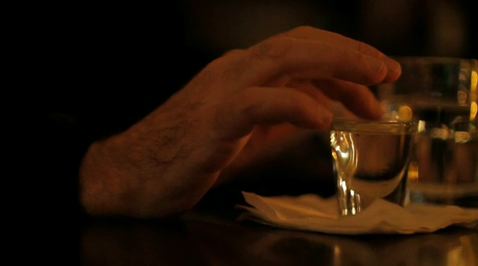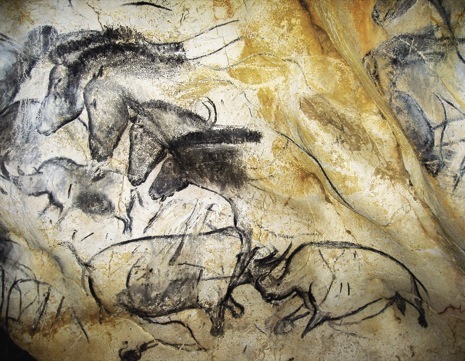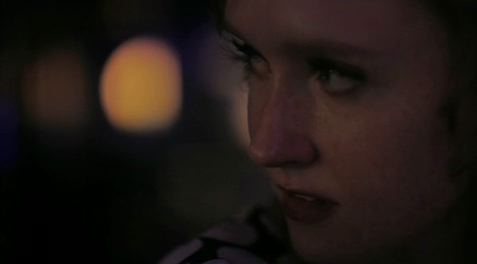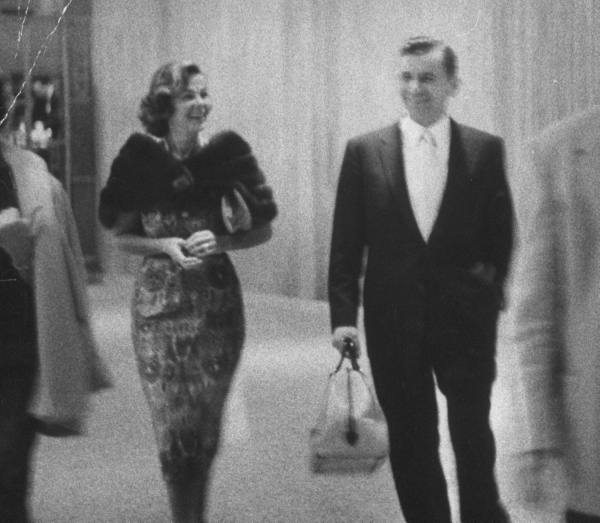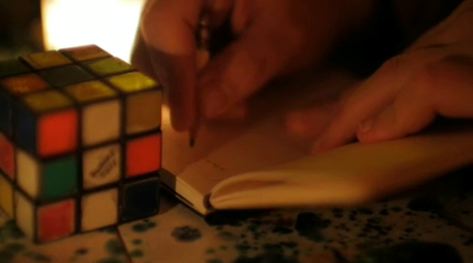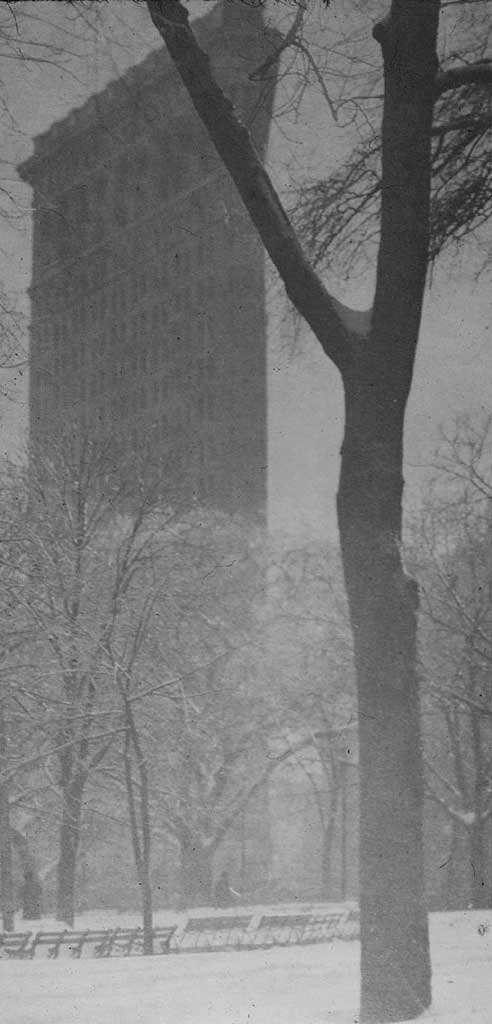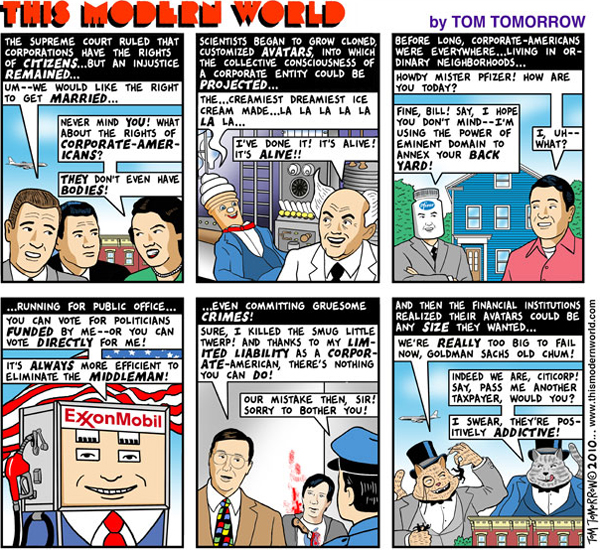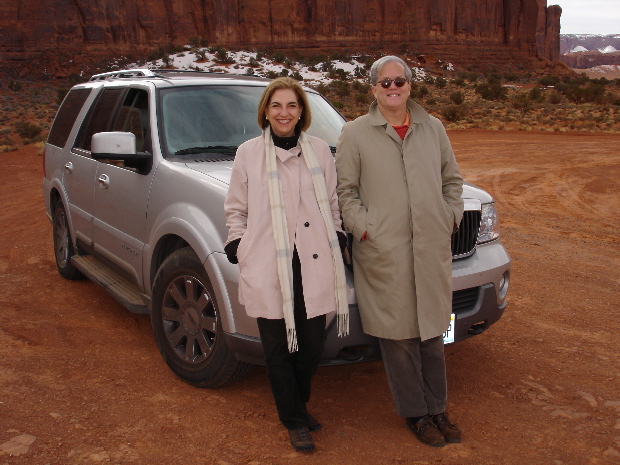
A few days ago I was driving with my friends Mary and Paul Zahl from Kayenta, Arizona, to Moab, Utah. We were going up to Moab to track down the locations where John Ford shot parts of Wagon Master (and other films.)
On the way, Paul suggested we make a detour to see the fabled Valley Of the Gods, a large basin surrounded by mesas and dotted with odd rock towers. My instinct was to proceed directly to Moab, but Paul's instinct was stronger so we set off on a dirt road into the valley.
It was a good road, of red clay — or would have been a good road if it hadn't been raining recently. The rain had turned it into glass. My big Navigator, in four-wheel-drive, kept losing traction on it, threatening to slide over the embankments on sharp turns. It was a little scary, but the car handled it all very well.
Then, at the end of the road, we found ourselves driving straight towards the nearly sheer face of a tall mesa. There was, improbably, a road leading up the side of the mesa in a series of hair-raising switchbacks. The maps we had said the road was paved, and it was, but only in parts. The other parts were wet dirt — something we discovered too late.
I started up the road, which is called the Moki Dugway — seen above in better weather conditions than we faced — and we all soon realized that we had made a big mistake. But I also realized that trying to turn the car around on such a road would probably be more dangerous than proceeding up it.
So we proceeded up it, at a snail's pace, with our hearts in our throats. I hugged the side of the mesa on the sharp curves, honking and hoping we wouldn't meet any oncoming traffic. There were no shoulders to speak of for most of the way, only terrifying drop-offs. If the Navigator's tires ever lost traction on the slippery dirt sections, it would have meant a certain flaming fiery death for all of us.
Below is a picture Mary took with her iPhone during the ascent. She took it upside down, as it happened — the condition of our stomachs at the time.
For a while it seemed as though the road would never end, but it finally did, on top of the mesa, where we were presented with . . . a winter wonderland. An endless plateau covered in snow, dotted with cedars, new snow falling gently on it all.
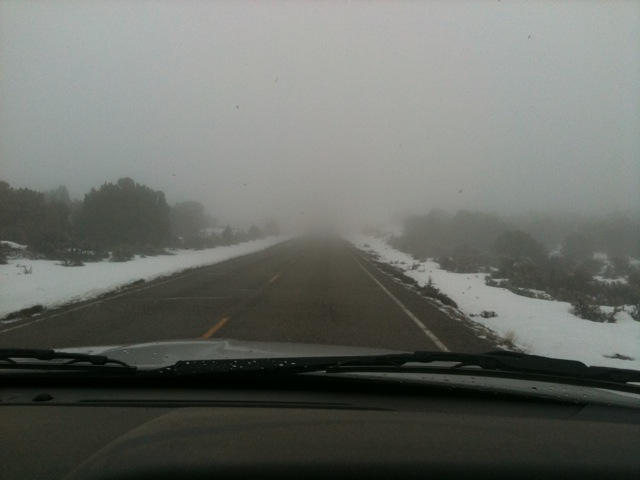
It was like a vision of peace and grace, granted to us after our ordeal.
I couldn't get this extraordinary experience out of my mind. The next morning I had what felt like a revelation — I felt we had been led supernaturally to the Moki Dugway, where we reenacted, in a sense, the climactic scenes of Wagon Master, when the Mormons take their wagons up the side of a precipitous cliff, where wagons were not meant to go, in order to reach their promised land.
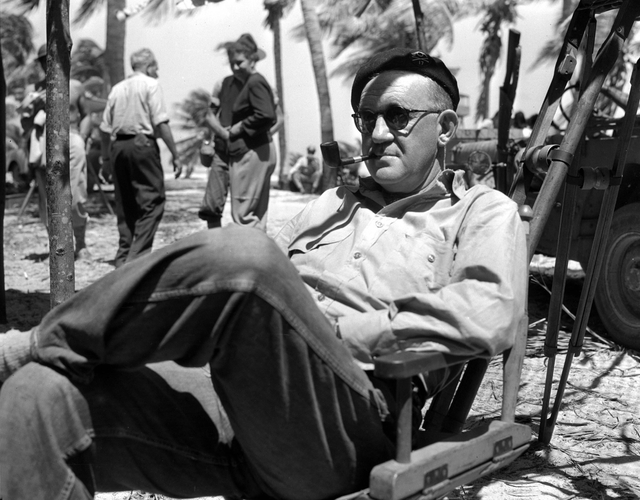
I became convinced that John Ford himself had been riding with us on our climb up the mesa, having decided that we would not just have a leisurely meander up to Moab to gawk at his sublime locations for Wagon Master, but drive right into the heart of the movie. Mystical as it may sound, I think that's exactly what we did.

